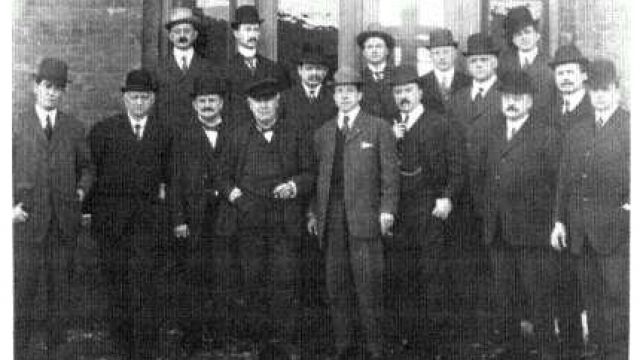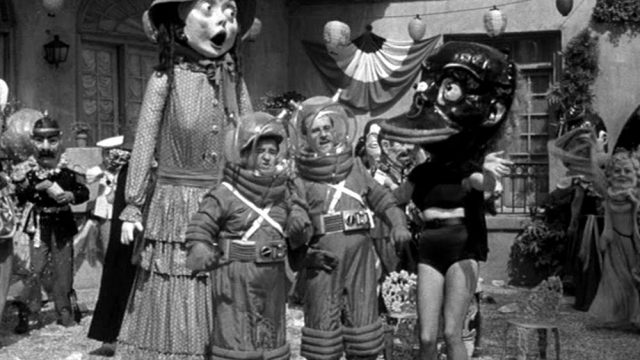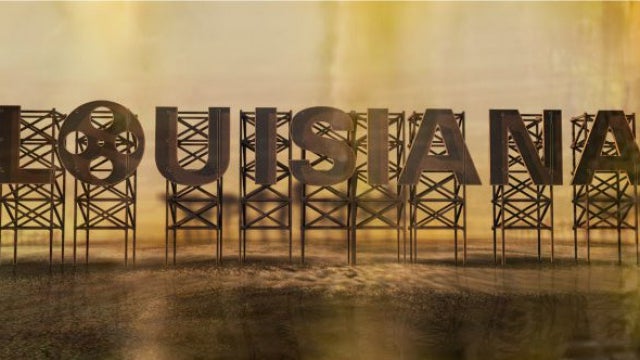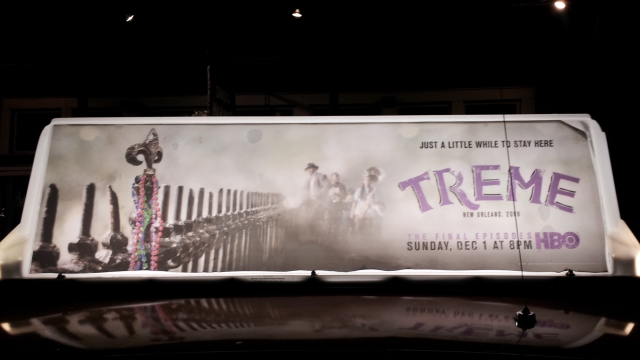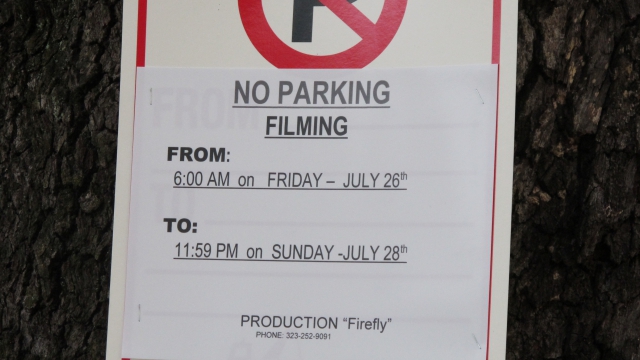In 2011, Hollywood surpassed $1 billion in allocated budgets for film productions in Louisiana. Movie stars have relocated to the region. Tourists and residents alike flock to the sets and take tours of film locations. All of this is happening in one of the poorest states in the U.S. Beyond the glitz and the glam, what is Hollywood South? How does it impact the political economy of the region and the culture of its iconic places?
This course investigates debates that have swirled around the roles of governments in stimulating creative economies and the roles of creative industries in governance as well as achieving economic goals. We begin with a historical look at the industry, the role Louisiana played during the beginnings of commercial filmmaking, 1890-1920. From there, we focus on runaway production, the process by which major studios invest in production locales outside of Hollywood, and those locales engage in a “race to the bottom” to give public incentives for production. We will look at the economics of tax incentives from a macro-perspective and their local impacts on public coffers and labor. Finally, we will evaluate the more subjective aspects of Hollywood South, its impacts on residents’ feelings about local space, place, and culture. We will take the series Treme as a case study for exploring the ambivalences that residents have about Hollywood South as a whole. Along the way, we will be meeting key players in the local film industry and its history.

